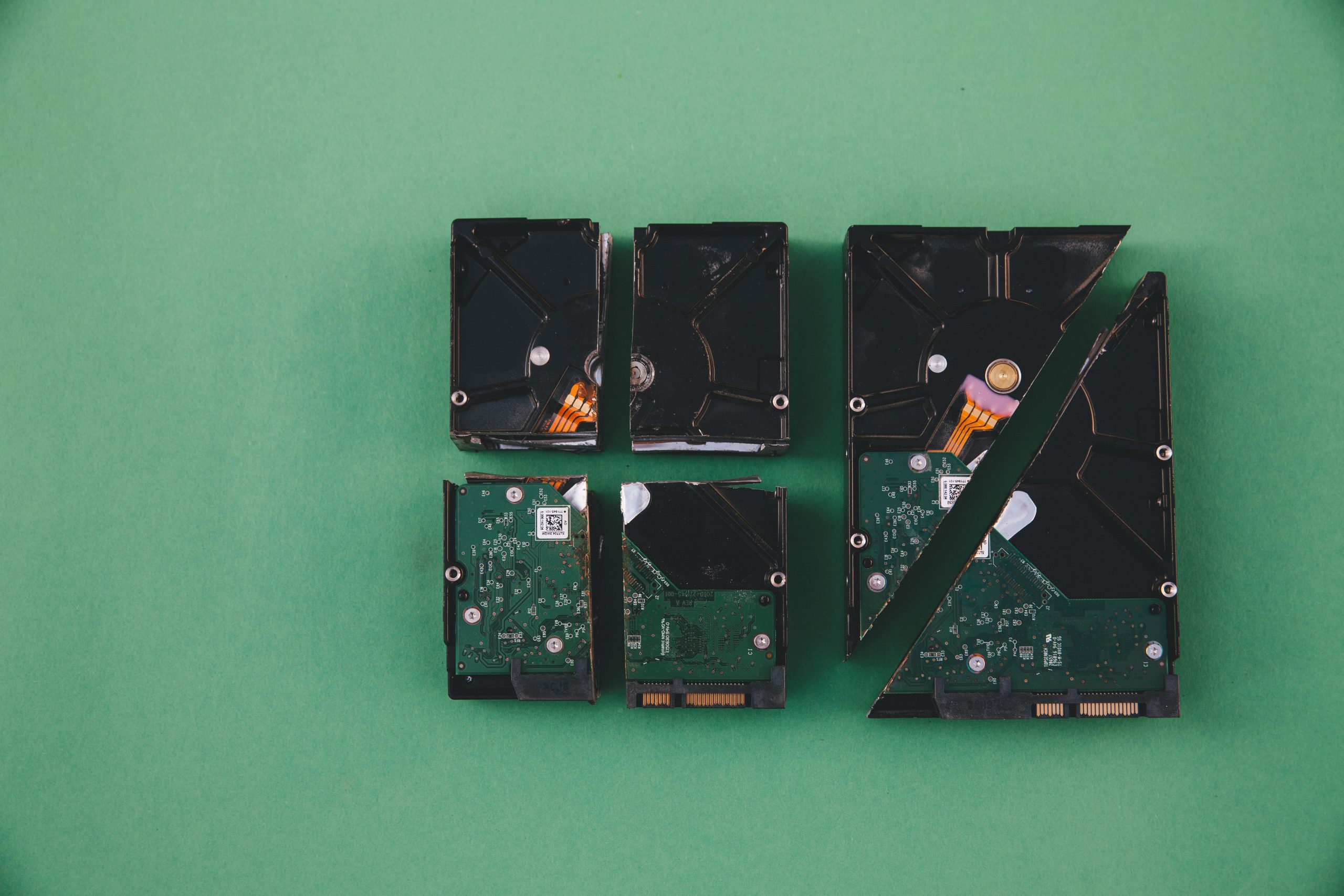Title: Resolving Persistent Media Device Recognition After Reinstalling Windows: What You Need to Know
Introduction
Reinstalling your operating system is often considered one of the most effective steps to eliminate malware or unauthorized access on a PC. However, there are instances where, even after a clean install, certain devices or network identifiers seem to persist. If you’ve experienced something similar—such as a media device appearing post-reinstallation—it can be puzzling and concerning. In this article, we’ll explore the possible reasons behind these occurrences and what steps you can take to ensure your system remains secure.
Understanding Persistent Media Devices Post-Reinstallation
Scenario Overview
Imagine performing a thorough, clean installation of Windows—completely wiping the drive and reinstalling the OS. Despite this, upon reconnecting to your network, you notice a media device or network device with unfamiliar or suspicious names showing up on your system. This situation raises several questions:
- How can a device or identifier persist after a fresh OS install?
- Is this indicative of a security breach or malware hiding elsewhere?
- What steps can you take to verify and eliminate these devices?
Potential Explanations
- Network Devices and Shared Resources
One common reason for seeing unfamiliar devices is network sharing settings. Devices like network-attached storage (NAS), media servers, printers, or smart home devices may appear under your network discovery, even if your local PC has been reinstalled. These devices are often associated with your local network and are unaffected by your PC’s OS reinstall.
- External or Connected Hardware
External peripherals such as media streaming devices, smart TVs, or connected external drives may present themselves as media devices. If these devices are connected via Ethernet or Wi-Fi, they can show up in network scans regardless of your PC’s OS state.
- Persistent Malware or Rootkits
While a complete OS reinstall typically eradicates malware, advanced rootkits can hide deep within your system or firmware. In some cases, malware may infect firmware, BIOS, or peripherals, making it resistant to standard reinstallation procedures.
- False Positives or System Glitches
Sometimes, system glitches or network anomalies can cause false detections of devices. For example, the operating system’s device management or network discovery features might temporarily list phantom devices.
Best Practices and Troubleshooting Steps
-
Verify Network Devices: Use your router’s admin interface to see connected devices and their IP/MAC addresses. Remove unfamiliar devices or block them if necessary.
-
Isolate Your PC: Disconnect
Share this content:

